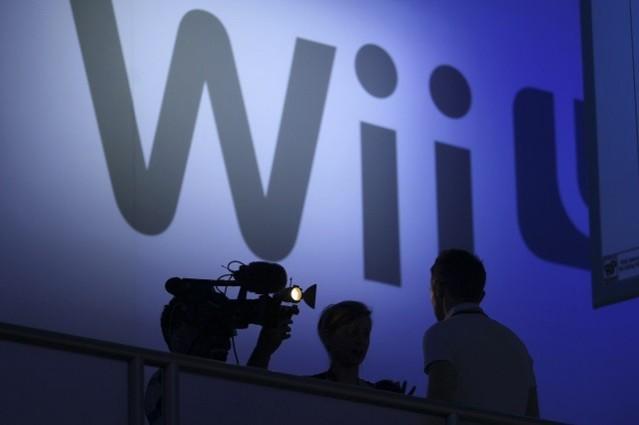
When every other consumer electronics manufacturer is going after wearable devices, Japanese game manufacturer Nintendo has decided to sail against the tide.
Satoru Iwata, Chief Executive, Nintendo stated in a report by Reuters that the company would develop a non-wearable device to measure users' fatigue level and also map their sleep pattern. Significantly, this device would be the company's first product for the healthcare division.
According to the report, the device will be developed with US firm ResMed Inc, which currently designs products for sleep disorders treatment, and it will be available in the financial year ending March 2016.
"By using our know-how in gaming... to analyse sleep and fatigue, we can create something fun," Iwata said.
The developer of games like Mario and consoles like Wii expects its healthcare division to bring profits in 2015-2016. The company already offers fitness games on its Wii console, played with a motion-sensor controller.
According to an image shared at a media conference by Iwata, the device will be the size of a hand and can be easily placed on any bedside table. The device will use microwave transmission sensors to track users' sleep, and the accumulated data will help out users to develop a healthy sleeping habit.
However, Iwata refused to discuss the company's sales expectations for the new device.
"We only start something new if we think we will be able to create a big market, but as I'm not able to discuss pricing plans and other details today I don't think there's much point in giving a figure for our projected scale," he said.
Nintendo ventured into non-wearable devices following the immense success achieved by Wii Fit. According to reports, Wii Fit has sold 42 million units.
This step by Nintendo is interesting. While other companies like Fitbit, Lenovo, Microsoft, Samsung, LG and Motorola are attempting to make smartphone-compatible wearables, Nintendo stands out.
Contextually, most wearable devices are able to record the sleep pattern of the user but detecting the fatigue pattern would make this device interesting.















